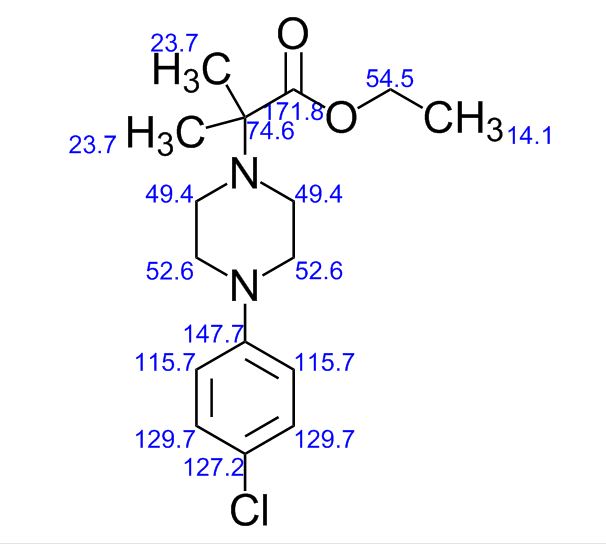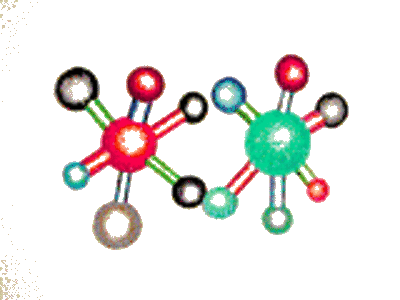Information sheet: Pharmaceuticals in drinking-water
(This information sheet is a summary of the key findings, recommendations and conclusions of the WHO technical report on Pharmaceuticals in drinking-water and the inputs of additional expert peer-reviewers)
Background and scope
Pharmaceuticals are synthetic or natural chemicals that can be found in prescription medicines, over-the-counter therapeutic drugs and veterinary drugs. Pharmaceuticals contain active ingredients that have been designed to have pharmacological effects and confer significant benefits to society. Pharmaceuticals can be introduced into water sources through sewage, which carries the excreta of individuals and patients who have used these chemicals, from uncontrolled drug disposal (e.g. discarding drugs into toilets) and from agricultural runoff comprising livestock manure. They have become chemicals of emerging concern to the public because of their potential to reach drinking-water.
Occurrence of pharmaceuticals in drinking-water
The ubiquitous use of pharmaceuticals (both prescribed and over the counter) has resulted in a relatively continuous discharge of pharmaceuticals and their metabolites into wastewater. In addition, pharmaceuticals may be released into water sources in the effluents from poorly controlled manufacturing or production facilities, primarily those associated with generic medicines.
Following advances in the sensitivity of analytical methods for the measurement of these chemicals at very low concentrations, a number of studies found trace concentrations of pharmaceuticals in wastewater, various water sources and some drinking-waters. Concentrations in surface waters, groundwater and partially treated water were typically less than 0.1 µg/l (or 100 ng/l), whereas concentrations in treated water were generally below 0.05 µg/l (or 50 ng/l). These investigations suggested that pharmaceuticals are present, albeit at trace concentrations, in many water sources receiving wastewater effluents.
The presence of specific pharmaceuticals in a water source will vary from place to place depending upon the type of pharmaceutical and the extent of discharge into water bodies. Key factors include the pharmaceuticals prescribed, used or manufactured in the area and the size of the population in the catchment. The occurrence and concentration of pharmaceuticals in receiving water sources, which are the primary pathway into drinking-water, are dependent on dilution, natural attenuation and the degree of wastewater treatment applied.
Risk assessment of pharmaceuticals in drinking-water
There are currently few systematic monitoring programmes or comprehensive studies available on human exposure to pharmaceuticals from drinking-water. Therefore, a key challenge in assessing the potential human health risk associated with exposure to very low concentrations of pharmaceuticals in drinking-water is the limited occurrence data available for the diverse group of pharmaceuticals in use today and their active metabolites.
However, several approaches for screening and prioritizing pharmaceuticals for human health risk assessment for exposure through drinking-water have been published in the peer-reviewed literature. These approaches usually apply the principle of the “minimum therapeutic dose” (also known as the “lowest clinically effective dose”) or the acceptable daily intake, in conjunction with safety factors or uncertainty factors for different groups of pharmaceuticals, to derive a margin of safety, or margin of exposure, between the worst-case exposure observed or predicted and the minimum therapeutic dose or acceptable daily intake.
Current observations suggest that it is very unlikely that exposure to very low levels of pharmaceuticals in drinking-water would result in appreciable adverse risks to human health, as concentrations of pharmaceuticals detected in drinking-water (typically in the nanogram per litre range) are several orders of magnitude (typically more, and often much more, than 1000-fold) lower than the minimum therapeutic dose.
Control measures and risk management
Concentrations of the vast majority of pharmaceuticals in the water environment can be reduced through natural processes (e.g. adsorption onto sediment, solar photodegradation and biological degradation) or during subsequent drinking-water and wastewater treatment processes.
Despite their unique pharmacological properties, pharmaceuticals respond to treatment no differently from other organic chemicals, with removal rates depending on their physicochemical properties and the treatment technology being used. Conventional water treatment processes, such as chlorination, can remove approximately 50% of these compounds, whereas more advanced treatment processes, such as ozonation, advanced oxidation, activated carbon, nanofiltration and reverse osmosis, can achieve higher removal rates; reverse osmosis, for example, can remove more than 99% of large pharmaceutical molecules.
Funding for any water safety improvements, like any public health intervention, draws on limited resources that need to be carefully allocated with due consideration of their beneficial impact. However, implementing additional specialized and costly drinking-water treatment, specifically with the intention of reducing trace concentrations of pharmaceuticals, is not considered necessary at this time, as the human health benefit would be limited.
The most appropriate approach to minimize the presence of pharmaceuticals in drinking-water and reduce human exposure is to prevent or reduce their entry into the water environment as far as reasonably practical. This can be achieved through a combination of preventive measures, including enhanced communication to the public on rational drug use and disposal of pharmaceuticals (e.g. avoid flushing unused drugs down the toilet), education for prescribers and systematic drug take-back programmes.
However, in line with the water safety plan principle of control of contaminants at the source, it would be appropriate to investigate improvements in wastewater treatment to remove pharmaceuticals and other potential contaminants of concern from their main route of entry into the water environment.
Monitoring of pharmaceuticals in water
In the absence of regulatory mandates, routine monitoring for pharmaceuticals in water sources and drinking-water on a national basis would not be desirable except in cases where local circumstances indicate a potential for elevated concentrations (e.g. manufacturing facilities with uncontrolled effluent discharge upstream of a drinking-water source). In these circumstances, investigative monitoring of, for example, surface water, groundwater and wastewater effluent can be undertaken to assess possible occurrence levels and exposure; if necessary, screening values can be developed in conjunction with an assessment of the potential risks to human health from exposure through drinking-water.
Based on the results of this risk assessment, an evaluation of possible control options could be considered as part of a water safety plan. Practical difficulties associated with implementing monitoring programmes for pharmaceuticals include the lack of standardized sampling and analysis protocols, high costs and the limited availability of the analytical instruments required to measure the diverse range of pharmaceuticals that may be present.
Investigative surveys should be tailored to local circumstances, taking into account existing wastewater and water treatment processes and pharmaceuticals (and their metabolites) that are commonly prescribed, used or manufactured within the catchment area of concern. Such studies should be carried out with appropriate rigorous quality assurance and verification and designed to confirm whether drinking-water is a significant risk.
Knowledge gaps
Although current risk assessments indicate that the very low concentrations of pharmaceuticals found in drinking-water are very unlikely to pose any appreciable risks to human health, knowledge gaps exist. These include the assessment of risks to human health associated with long-term exposure to low concentrations of pharmaceuticals and the possible combined effects of mixtures of pharmaceuticals.
Although the margins of exposure are substantial, it would be of value to ensure that these margins are adequate for possibly sensitive subpopulations and to better characterize health risks, if any, from long-term, low-level exposures. In addition, future research should focus on developing methods or protocols for prioritizing pharmaceuticals in the context of an overall risk assessment for all drinking-water hazards.
Summary
Currently, analysis of the available data indicates that there is a substantial margin of safety between the very low concentrations of pharmaceuticals that would be consumed in drinking-water and the minimum therapeutic doses, which suggests a very low risk to human health. Based on this finding, the development of formal health-based guideline values for pharmaceuticals in the World Health Organization’s (WHO) Guidelines for drinking-water quality is currently not considered to be necessary.
Concerns over pharmaceuticals in drinking-water should not divert water suppliers and regulators from other priorities for drinking-water and health, most notably microbial risks, such as bacterial, viral and protozoan pathogens, and other chemical risks, such as naturally occurring arsenic and excessive levels of fluoride.



































 DRUG APPROVALS BY DR ANTHONY MELVIN CRASTO …..
DRUG APPROVALS BY DR ANTHONY MELVIN CRASTO …..







.gif)
.jpg)






















 The National Chemical Laboratory is located in the state of Maharashtra in India. Maharashtra state is the largest contributor to India’s GDP. The National Chemical Laboratory is located in Pune city, and is the cultural capital of Maharashtra. Pune city is second only to Mumbai (the business capital of India) in size and industrial strength. Pune points of interest include: The tourist places in Pune include: Lal Deval Synagogue, Bund Garden, Osho Ashram, Shindyanchi Chhatri and Pataleshwar Cave Temple.
The National Chemical Laboratory is located in the state of Maharashtra in India. Maharashtra state is the largest contributor to India’s GDP. The National Chemical Laboratory is located in Pune city, and is the cultural capital of Maharashtra. Pune city is second only to Mumbai (the business capital of India) in size and industrial strength. Pune points of interest include: The tourist places in Pune include: Lal Deval Synagogue, Bund Garden, Osho Ashram, Shindyanchi Chhatri and Pataleshwar Cave Temple.




